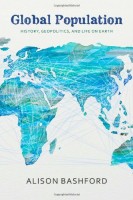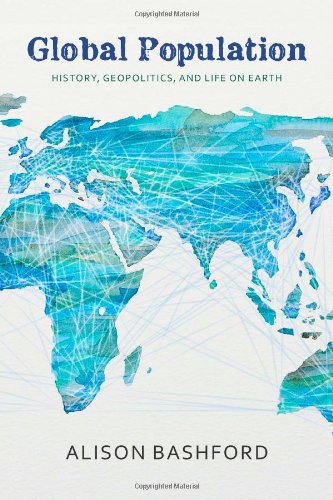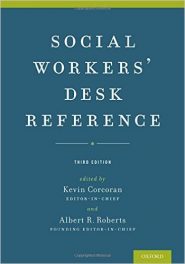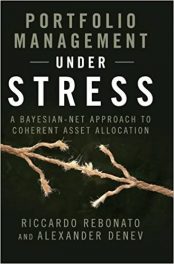 Author: Alison Bashford
Author: Alison Bashford
Publisher: Columbia University Press – 466 pages
Book Review by: Paiso Jamakar
This book is a concise history and wide-ranging discussion of the many aspects of the population problem from the 1920s until the 1960s. In the late 1960s there was widespread alarm and debate on the “population bomb” with the fear that the fast growth of population will outstrip the worldwide availability of, and capacity to, grow food, causing massive hunger and death.
There were numerous organizations, such as Zero Population Growth or ZPG for example, that advocated that governments, particularly in the Third World, institute strong measures to limit the free growth of population.
As a consequence of the fear that massive food shortage and the inadequacy of transportation may cause wide-ranging famine, the Chinese government for example, came up with its “one-child policy” and the government of India developed and implemented stringent birth-control programs.
In the words of the author, this book “seeks to explain and untangle the great knot of ideas, politics, and public discussion that constituted this world problem: inherited from the nineteenth century; announced in Geneva in 1927 (at the first World Population Conference); watched warily by the League of Nations (formed in 1920 as a result of the Paris Peace Conference that ended World War I); acted upon by imperial states, decolonizing states, and after World War II, acknowledged by the United Nations.”
In this mission, Alison provides the historical background of the population issue through a dozen chapters that constitute the Contents of this book:
Introduction: Life and Earth
- The Long Nineteenth Century
- Confined in Room: A Spatial History of Malthusianism
- The Politics of Earth, 1920s and 1930s
- War and Peace: Population, Territory, and Living Space
- Density: Universes with Definite Limits
- Migration: World Population and the Global Color Line
- Waste Lands: Sovereignty and the Anticolonial History of World Population
- The Politics of Life, 1920s and 1930s
- Life on Earth: Ecology and the Cosmopolitan Population
- Soil and Food: Agriculture and the Fertility of the Earth
- Sex: The Geopolitics of Birth Control
- The Species: Human Difference and Global Eugenics
- Between One World and Three Worlds, 1940s to 1968
- Food and Freedom: A New World of Plenty?
- Life and Death: The Biopolitical Solution to a Geopolitical Problem
- Universal Rights? Population Control and the Powers of Reproductive Freedom
Conclusion: The Population Bomb in the Space Age.
At the 1927 population conference, the burning issue troubling the attendees from a myriad of fields was the doubling of the population (from one billion to two billion) that had occurred in just three decades since the 1798 publication of Thomas Malthus’ Essay on the Principle of Population.
But the population debate was about many related conflicts, not just rapid growth in numbers of people versus the limited supply and capacity to grow food. It was about where people lived versus where the arable land was; about land cultivation and food production; about territorial matters such as colonization, migration, sovereignty over land; and ownership and stewardship resources on land, air and the seas.
This is an informative book and one of the most enlightening ones I’ve read on the population issue. I urge you to read it. Find out the outcome of this issue that was all the rage for about half a century from the 1920s to the 1970s. What happened after that, and what is its current status? Have governments accelerated food production and distribution?
Alison Bashford is a historian whose many books connect imperial and world history with medical and environmental histories. She is the Vere Harmsworth Professor of Imperial and Naval History at the University of Cambridge. She has taught at Harvard University, the Australian National University, and for many years, the University of Sydney. In 2011, she won the Cantemir Prize with Philippa Levine for The Oxford Handbook of the History of Eugenics.






